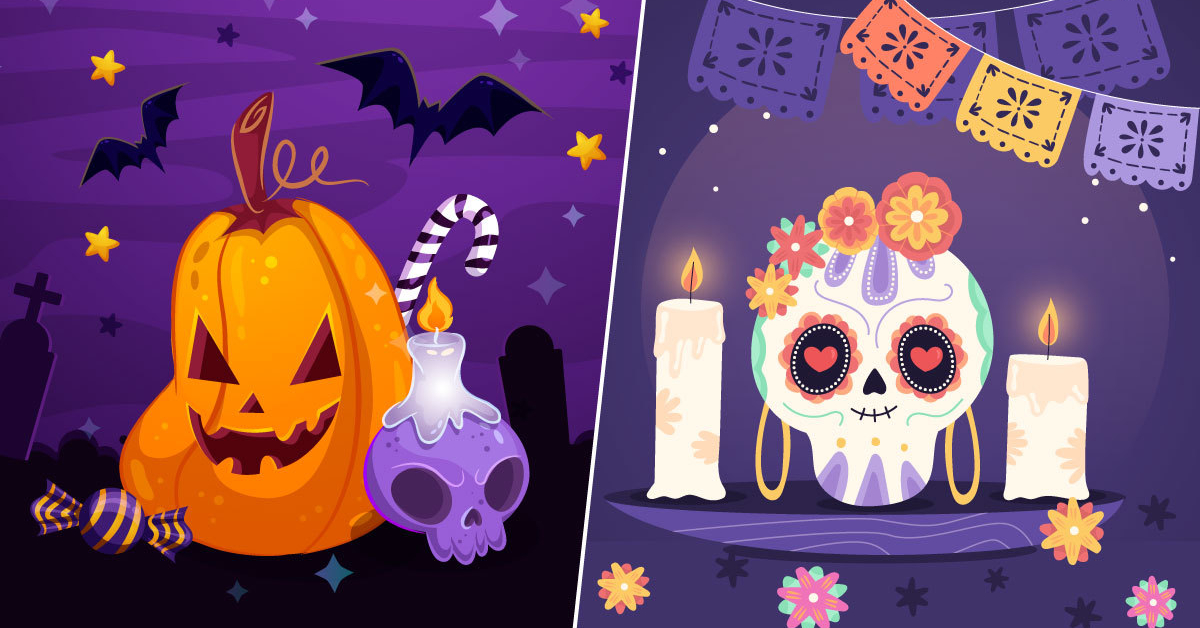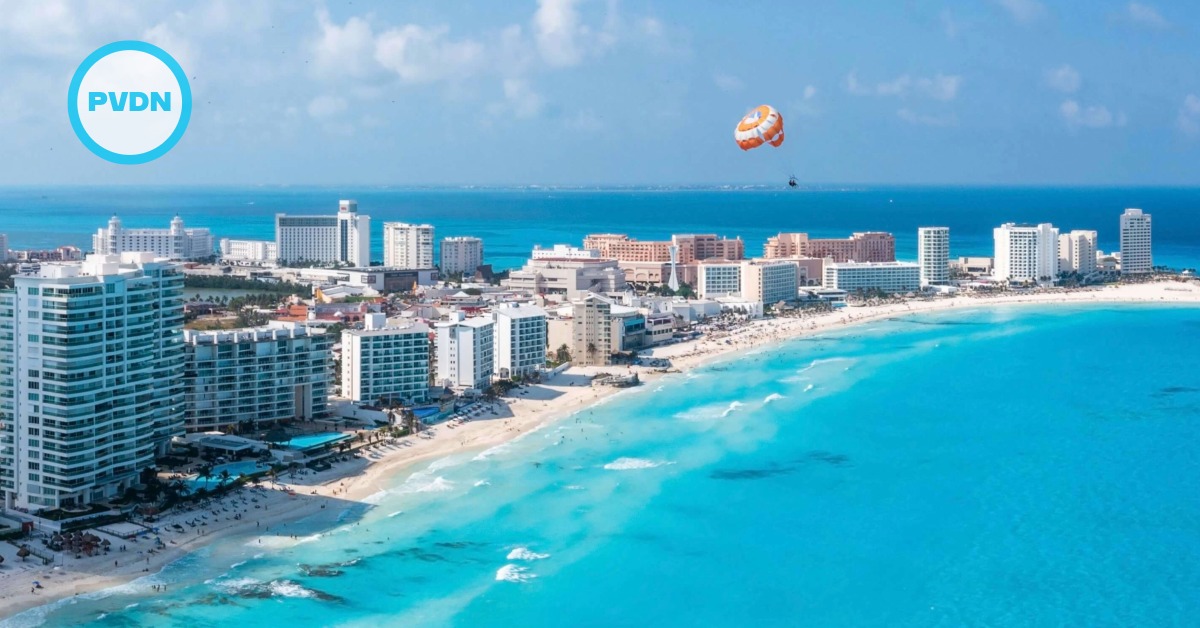Mexico celebrates, at the beginning of November, the Day of the Dead, while countries, such as the United States, do the same with the Halloween festivities, at the end of October. Although both traditions are on close dates, each one has different meanings.
Due to their emotional meaning, both Día de Muertos and Halloween are traditions that have a high level of recognition worldwide, which is why, in many cases, such as in Mexico, they have chosen to celebrate both festivities.
When is Day of the Dead and Halloween celebrated?
The Day of the . . .






